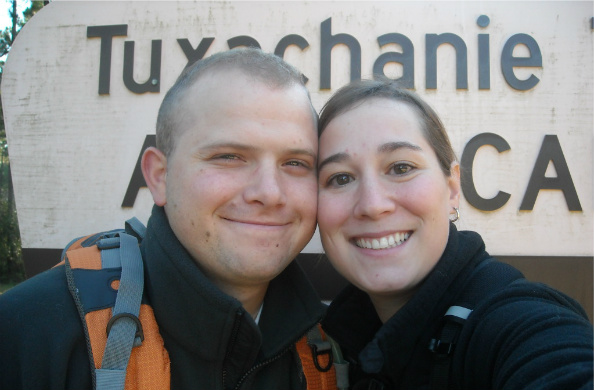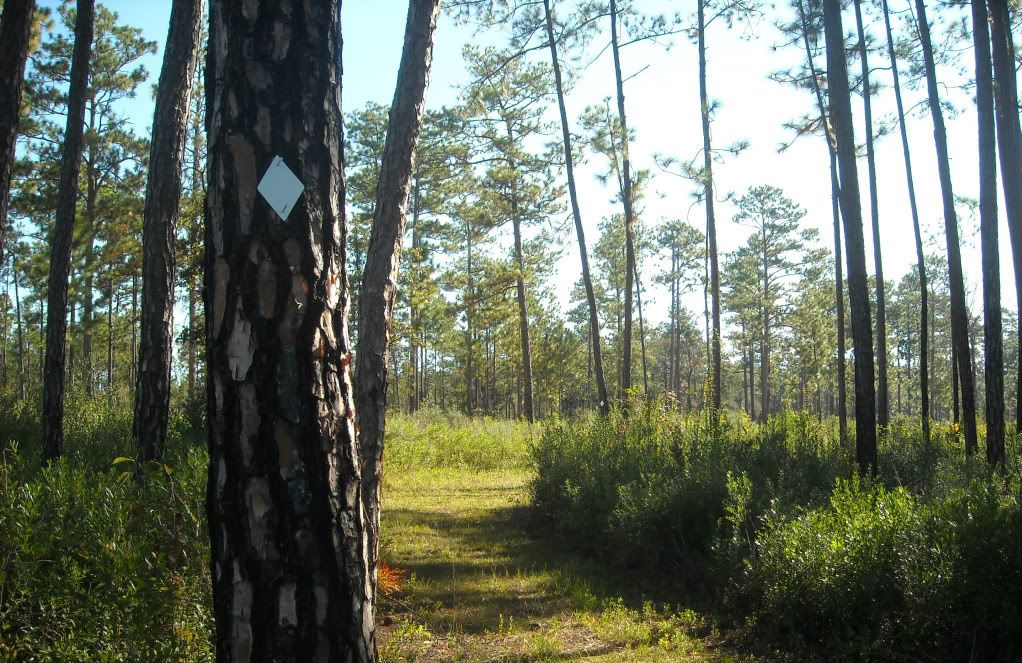Haden and Kristina Baker
OK so you are probably wondering what I am referring to by the title. Obviously I'm gonna be talking about food but in what regards? So here goes, since living in Japan food has taken on a whole new meaning for me. I an American so my cooking style is just that "American". Every chance I get Haden and I try and discover something new we haven't tried. Everything from Ramen or Sushi, typically known in the US, to things like Nikuman, Mochi, and Doria. Some of them exotic and others not so much just exotic sounding. I have come to realize that Japanese cuisine is my kind of food and my coworkers joke I just might turn Japanese because I love the food here so much. Now don't get me wrong I love all the comfort foods of home but I am starting to discover comfort foods of Japan that just can't be beat. In an attempt to really dive in to the bizarre foods of Japan I figured I need to eat and experiencing all I can here and develop my skills in the kitchen for a lifetime of Japanese gourmet enjoyment. Ok so now that is said I have taken it upon myself to try and master certain dishes that I know I can make anywhere I am. Thanks to an awesome Aunt and a cookbook, I am already on my way. You have to start somewhere and why not a cook book. It has pretty much all the basics but its missing a few key recipes, I think anyway, that are standards in Japanese kitchens. And so here starts a journey where I share with you my achievements and maybe failures in the world of Japanese ingredients and dishes.
Haden and Kristina Baker
Spring time is the time where everything begins to bloom in an array of colors. Since this is our first
spring here in Japan, it was the first chance for us to experience the blooming of the Cherry blossoms.
Many festivals are held during this time to behold the beauty of all the cherry blossoms blooming
together. Even Camp Zama has a festival to celebrate.
We heard about a very nice park/garden in the Shinjuku area that is supposed to be one the best in
the area. So we went out on a Sunday afternoon to go find it. It took us about an hour by train to get
Shinjuku and a 10 minute walk to get to the park. When we finally found it, the line to get into the park
seemed to stretch several blocks. Fortunately we did not have to go the back of the line because we
found a spot that allowed us to merge into the line closer to the gate.
Once we got into the garden, we finally realized how pack it was. There were areas big enough to hold a
football field packed with people picnicking. It was a beautiful day to just sit down and enjoy the sun on
your skin. Trees with cherry blossoms were everywhere too.
The park itself is very large. It took us the better part of three hours to walk all the way around it. Inside
the park were also ponds with intricate bridges barley big enough for two people standing next to each
other. Mixed among the cherry blossoms where flowers of different colors and shapes. It was a very
beautiful place to be even though it was packed.
Haden and Kristina Baker
We have told you about how easy it is to get around here in Japan, which makes it easy when you really
do not have a plan to do anything.
When people think of Japanese cities they think Tokyo, Hiroshima and Nagasaki first. However, they
do not think of the second largest city, Yokohama. Yokohama is the capital of the Kanagawa Prefecture
(state) and lies on the Tokyo Bay as a major commercial hub.
It had a humble beginning as a fishing village which began to transform into the port it is today in 1859.
Over the next hundred and fifty years, it would go through many transformations and restorations. It
was destroyed by a earthquake in 1923 and by air raids during World War II that caused it to be rebuilt.
In spite of this, Yokohama had many firsts for Japan that include its first daily newspaper (which started
in 1870), first gas-powered street laps (1872) and power plant (1872).
Yokohama contains a diverse selection of attractions for everyone. We went to Yokohama to see
the Landmark Tower, which is the tallest building in Japan. It has 70 floors, but the 69 th floor is an
observatory which offers a 360 degree view of the surrounding area. On clear day you can see Mt. Fuji in
the distance. Landmark Tower has the second fastest elevators in the world. The elevators reach up to
speeds of 28 mph, which means that you reach the top in less than 40 seconds. The views are fantastic
from up there!
We were not able to see everything we wanted that day, but we have plenty of days left in Japan. We
are planning on going to Yokohama’s Chinatown, which is one the largest in the world. The Yokohama
Museum of Art is also located near Landmark Tower, but we did not have enough Yen at the time to go
through.
Yokohama is an exciting city that we thoroughly enjoyed when we went. Now you can stop reading this
and enjoy all the pictures we took!
Subscribe to:
Posts (Atom)









